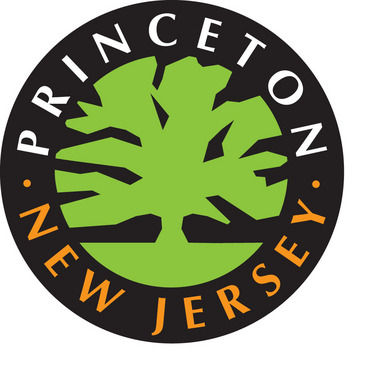By Philip Sean Curran, Staff Writer
Princeton will require anyone putting in a home patio or doing more extensive projects to spend additional money to reduce storm water runoff from their properties, in a move that advocates applauded to protect the environment.
The council last week adopted a storm water management ordinance that defines developments in two ways, minor and major, with “different rules that kick in,” Mayor Liz Lempert said Tuesday. For instance, a minor development would be anything that adds 400 square feet or more of so-called “impervious surface,” namely something that blocks water from infiltrating the ground.
Larger developments are those that disturb half an acre or add 5,000 square feet of impervious surface.
“The motivation is that we’re living in a time where there’s increased severe weather events,” Mayor Lempert said. The “largely” built out community of Princeton is “running up against our ability to adequately deal with rainfall when it happens,” she said
Property owners will have to find ways to capture storm water, like installing a rain garden or a dry well. But those come with a cost, something town officials weighed but determined the environmental benefits of the ordinance carried the day.
“I think it’s also important to recognize that the status quo comes with a cost,” she said. “And that cost is to people who are getting flooded and sustaining property damage.”
The Stony Brook-Millstone Watershed Association, an environmental group, had urged the town to go down this road. The organization worked with the municipality on the measure, an ordinance that contains most of the group’s recommendations.
“This problem of polluted runoff from our suburban and urban areas is the number one cause of water pollution today,” said Jim Waltman, Watershed Association executive director, in a phone interview Monday. “So to us, this is the issue that’s really, for the most, been not addressed very well.”
For the future, there are plans for a “phase two” ordinance in Princeton.
“What’s left to do,” Waltman said, “is to try to address all of the development that happened before we ever instituted these storm water measures. And the best strategy for doing that is to require storm water measures on redevelopment projects.”
Mayor Lempert and the town have sought to publicize this and other green friendly measures of late, with the mayor seeking to position herself opposite the Trump administration and the decision to withdraw the United States from the Paris climate agreement.
Earlier this month, she appeared at a ground-breaking for a new solar power project at the old municipal dump on River Road, with solar energy going to help power the Stony Brook Regional Sewerage Authority, which treats sewage. Last week, she cut the ribbon on a new electric car-charging station in the municipal parking garage on Spring Street.

